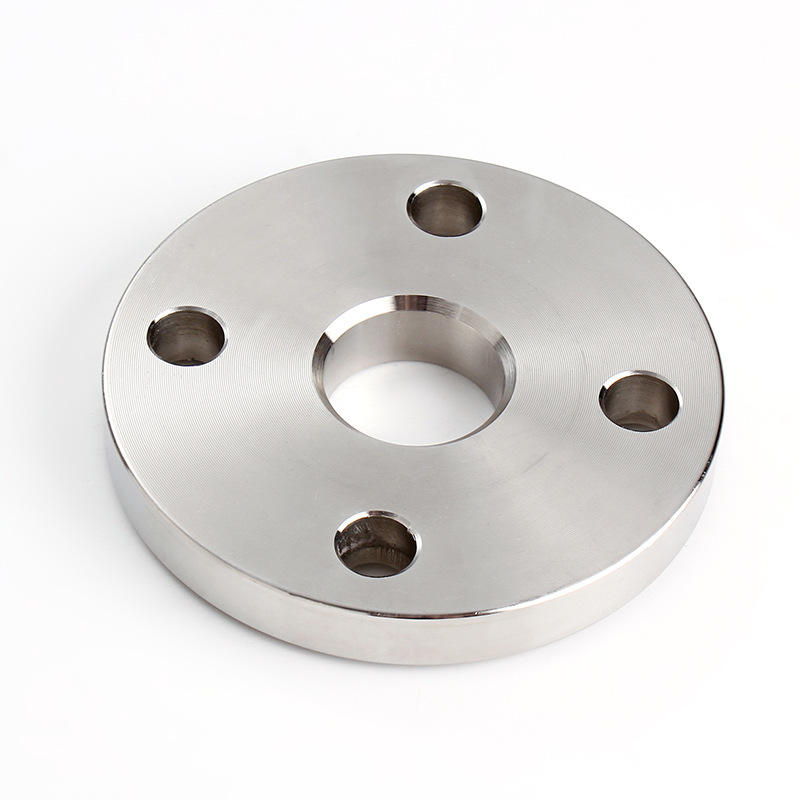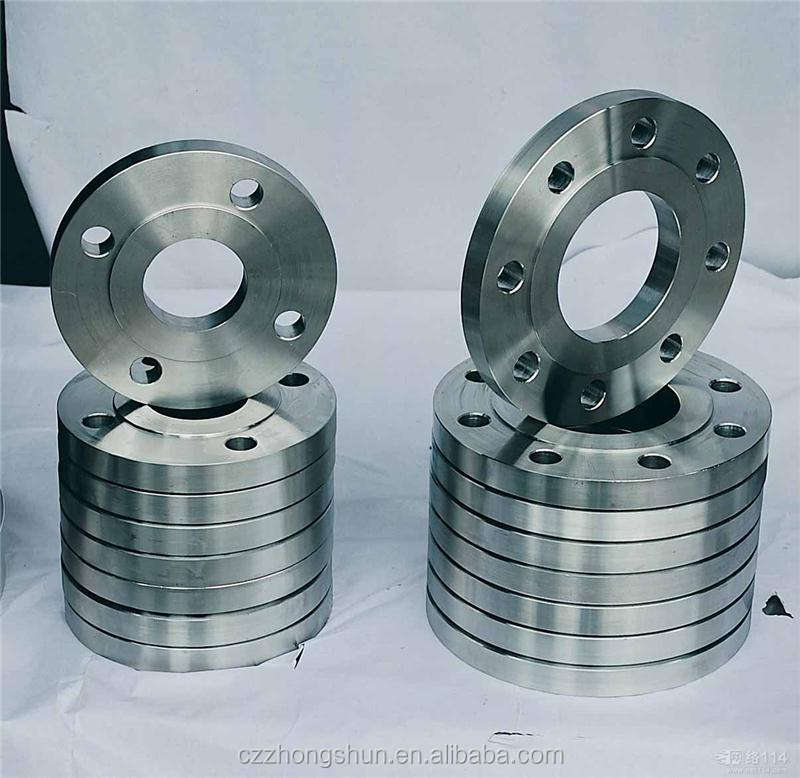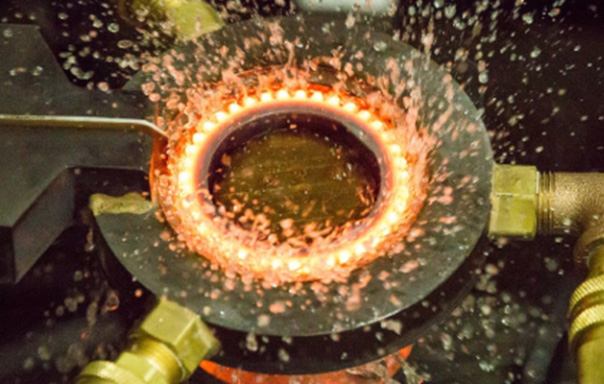As the core component for pipeline connections, the material of a flange directly determines the pressure resistance, corrosion resistance, and overall service life of the equipment. Currently, the mainstream flange materials in the market include carbon steel, stainless steel, alloy steel, and special-purpose materials. Accurately identifying these materials is a key task in engineering procurement and quality inspection. The following is a summary of systematic identification methods based on industry standards and practical experience:
1. Carbon Steel Flanges (e.g., Q235, A105)
Appearance Characteristics: The surface is naturally grayish-black, prone to oxidation and rusting without anti-corrosion treatment, and relatively coarse metal particles can be seen on the cross-section.
Physical Testing: Low hardness (Brinell hardness approximately 120-150HB), weak magnetism, and a dull sound when struck.
Application Scenarios: Mainly used in low-pressure, normal-temperature pipeline systems (such as ordinary water supply and ventilation pipelines). It has low cost but poor corrosion resistance.
2. Stainless Steel Flanges (304/316 Series)
Appearance Differences: 304 stainless steel is matte silver-white, while 316 has a slightly grayish surface due to the molybdenum element; the overall surface is smooth with no obvious rust.
Chemical Testing: When a stainless steel identification solution (such as M2 reagent) is applied, 304 will turn red within 2-3 minutes, and 316 changes color significantly more slowly due to its stronger corrosion resistance.
Magnetism Misconception: Austenitic stainless steels (304/316) are usually non-magnetic or only weakly magnetic, but they may become partially magnetic after cold working (such as stamping and bending).
3. Alloy Steel Flanges (e.g., 16Mn, F11/F22)
Special Markings: Regular manufacturers will stamp the material model on the flange surface. The cross-section of 16Mn flanges is silver-white with fine and uniform metal particles.
Performance Characteristics: High hardness (Brinell hardness up to 200HB or more), excellent high-temperature and high-pressure resistance, widely used in high-pressure systems such as power stations and petrochemical industries.
II. Professional Testing Methods
1. Spectrometer Detection
By analyzing the emission spectrum of metal elements, the composition of the flange can be quickly determined. For example, the standard composition of 304 stainless steel is chromium (18%-20%) and nickel (8%-10%). If the detection error exceeds 1%, it may be a counterfeit product. In a practical case, a "316 flange" purchased for a project was tested by spectroscopy, and the molybdenum content was less than 0.5%, which was actually a refurbished 304 material.
2. Metallographic Microscope Observation
Obvious ferrite and pearlite structures can be seen in the metallographic structure of carbon steel;
Austenitic stainless steel presents a typical twin crystal structure, which is an important feature to distinguish it from other materials.
3. Corrosion Test Verification
When the sample is immersed in a 5% concentration salt solution, carbon steel usually shows obvious rust spots within 24 hours, while qualified stainless steel shows no significant changes within 72 hours.
III. Material Selection Suggestions for Special Working Conditions
Acidic Environment: Priority should be given to 316L ultra-low carbon stainless steel, which has a carbon content of ≤0.03% and can effectively avoid intergranular corrosion;
High-Temperature and High-Pressure Scenarios: Heat-resistant alloy steels such as 12Cr1MoV are recommended, which can work at a long-term temperature of up to 580℃, meeting the needs of power station boilers and high-temperature steam pipelines;
Marine Engineering: Duplex stainless steel 2205 (containing 22% chromium and 5% nickel) has excellent chloride ion corrosion resistance and is an ideal choice for marine environments.
IV. Material Identification Methods During Maintenance
For installed flanges, the following on-site detection methods can be adopted:
Portable XRF Detector: Enables on-site non-destructive testing and rapid analysis of material composition;
Hardness Tester Comparison: The Rockwell hardness of 316 stainless steel is usually in the range of 80-90HRB;
Weld Bead Detection: If a yellow oxide layer appears at the repaired weld of the flange, it is likely to be carbon steel (the oxide layer of stainless steel weld beads is mostly off-white).
A 2023 maintenance case in a chemical plant showed that maintenance personnel found a suspected corrosion problem in a flange using an ultrasonic thickness gauge, but the actual detection showed that the thickness exceeded the standard. Spectral analysis confirmed that the flange was actually made of carbon steel and was mistakenly used in an acidic medium pipeline. The problem was completely solved after replacing it with a plastic-lined flange.

Summary
The identification of flange materials needs to combine the three methods of "observing appearance, testing performance, and verifying composition". In key occasions such as high pressure and corrosion, professional equipment such as spectrometers must be relied on for detection. It is recommended that enterprises establish a sound material acceptance database, retain sample photos and test data, and form a traceable quality management system. When the budget allows, priority should be given to suppliers with international certifications such as API 6A and EN 1092 to ensure the authenticity and reliability of flange materials from the source.


Baoshan District,
Shanghai, China.



